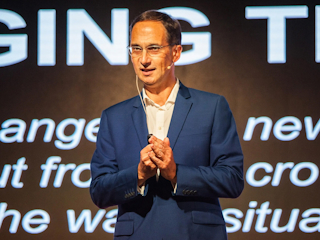Initially, we focused on improving leadership's visibility into the program's performance. Through the development of advanced visualization tools and analytics, we provided actionable insights that were previously difficult to see. Our team crafted flexible, in-house models that significantly improved the efficiency of discount allocation and product recommendation processes. These models ensured a seamless operational transition from the existing vendor platform to our more agile solution.
The journey didn't stop there. Recognizing the need for a robust platform that could adapt to rapidly changing market conditions, we carefully evaluated potential vendors, ensuring the chosen platform could not only match but exceed the functionalities of the legacy system.
This included integrating cutting-edge technologies such as Azure, Databricks, and sophisticated AI and machine learning algorithms to enhance customer engagement and personalization.
A pivotal component of our delivery was the formation of an experimental scrum team. This cross-functional unit was tasked with exploiting the new platform's capabilities, conducting controlled experiments that informed a comprehensive roadmap for ongoing improvements and innovations.
The moment the old vendor systems were finally gone and we were 100% on the in-house version was really cool as the culmination of years of work. What is even more impressive is that the customer experience remained intact the whole time — if you used the app, you likely never knew the entire backend had been changed
— Team member








